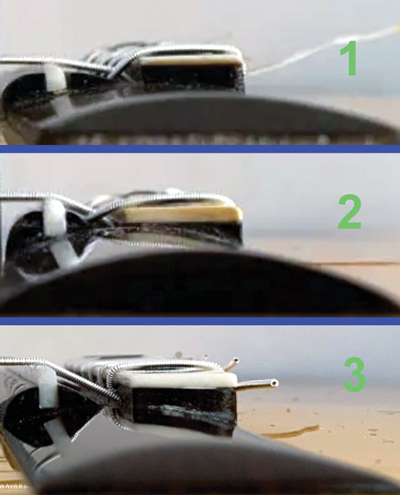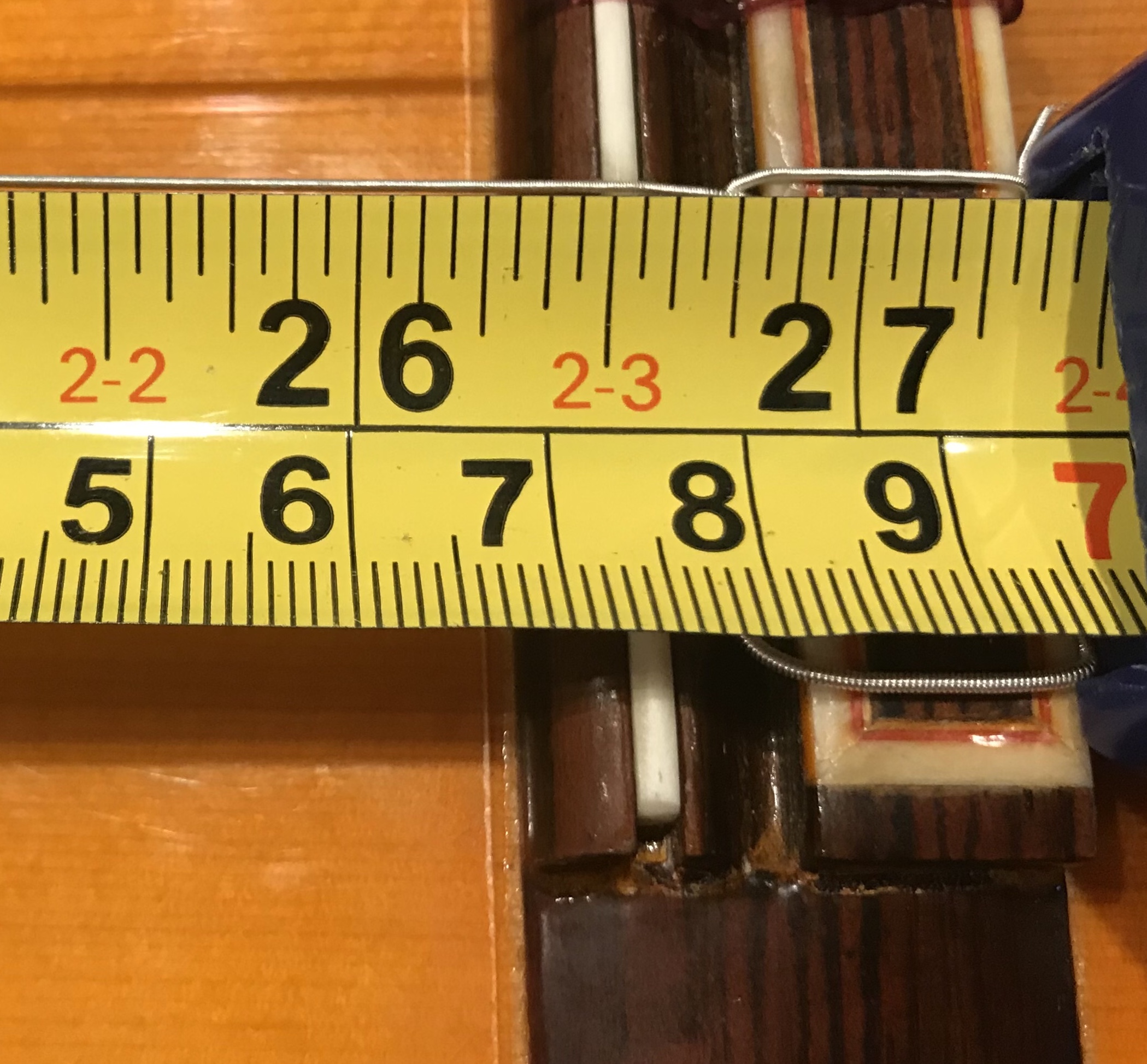|
etta -> RE: Strings Tension & the Bridge (Jul. 22 2021 16:43:44)
|
Regardless of the complicated explanations here about string tension whether it be scale length, 12 hole bridges, tension built into the top, etc. etc., this is what I experience. If I use high tension strings, it enables the action to be lowered. And, if the strings are lower to the frets, it is easier to chord, move rapidly from one note to another, up and down the neck. And, generally with high tension strings the additional volume or projection will compensate for lower strings over the top.
|
|
|
|


